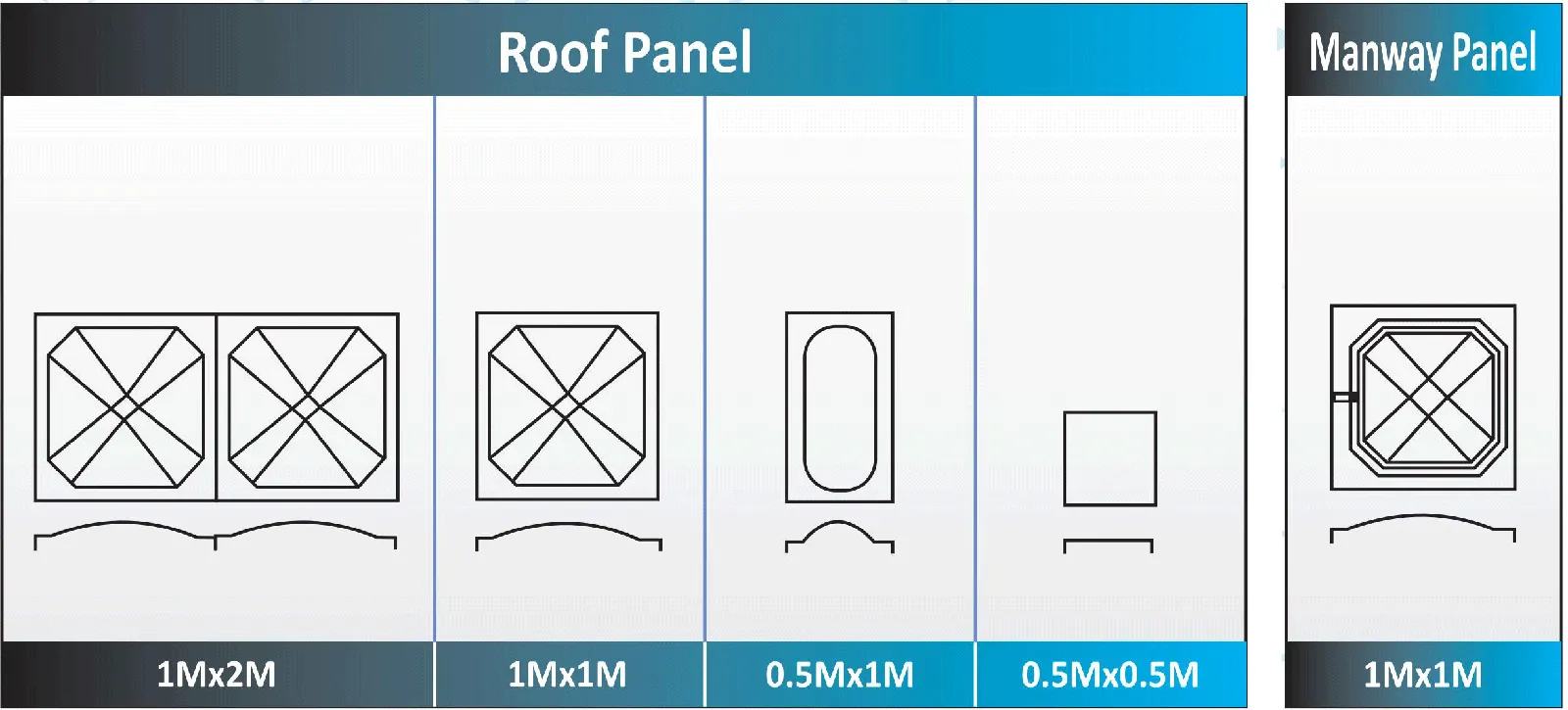It's really important to choose the right water tank size so you have enough water for everyday use without spending too much money on storage. In this guide, we'll show you how to work out the best water tank size for you based on how much water you use and other important factors.
Water tanks are a key part of storing water for residential, commercial, and industrial use. Picking the right water tank size means you'll always have a steady supply of water for whatever you need, whether it's for drinking, watering your garden, or just general household use.But with so many tank sizes and types out there, it can be tricky to figure out which one is right for you.
There are a few things you need to think about when choosing the right water tank size. Knowing these things will help you make a smart choice and avoid buying a tank that's too big or too small.Here are the main things you need to think about:How much water do you use?
The first thing you need to do is work out how much water you use a day. Here's a quick and easy way to figure out how much water your household or business needs:
On average, we use about 50-100 litres a day for things like drinking, cooking, bathing, cleaning and other household activities.To get an idea of how much water you use in a day,
As with households, water usage in a business can vary a lot depending on the industry and the number of employees or customers. For instance, a restaurant might use more water for cleaning and food prep, while a small office might need less. You can also use similar calculations based on the average amount of water used per person and the size of the operation.
It's always a good idea to make sure you have enough water in your tank to cover any unexpected shortages or emergencies. A 20-30% increase in capacity should be enough for most households and businesses.
There are all kinds of water tanks out there, from small ones for homes to big ones for businesses and industry. Here are some common sizes and what they're used for:

Once you've figured out how much water you'll need and thought about the points we've gone over, you'll be ready to choose the right tank size. Here are a few tips to help you make the right choice:
Installing a water tank is a bit of a project, so it's important to plan it carefully. Just make sure you put the tank on a level, solid surface. If you're installing a large tank, it's probably best to get a professional to do it. Here are a few things to think about when you're installing it:
It's really important to get the water tank size right if you want to make sure you've got a reliable water supply and you're using your resources efficiently. Think about things like how much water you use, how many people you've got living there, the local climate and the space you've got available, and you'll be able to work out what size tank you need for your home or business. Whether you're putting in a small backup tank or a big commercial water storage system, if you plan properly you'll make sure you've got enough water for your needs.
If you're looking for some help deciding on the right water tank size, just get in touch with a professional supplier or installer who can help you choose the perfect tank for your needs.

Experience the brand Trusted by Renowned Companies across the GLOBE.

Pipeco stands at the forefront of the market, recognized as a premier manufacturer, supplier, and exporter specializing in top-tier GRP water tanks, stainless steel water tanks, and SMC manhole covers, FRP Water Tank, Fiberglass Tank, SMC Water Tank committed to delivering unparalleled quality and excellence.